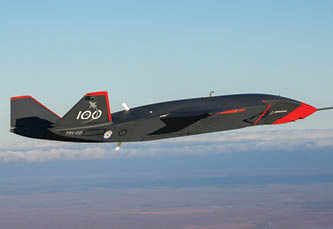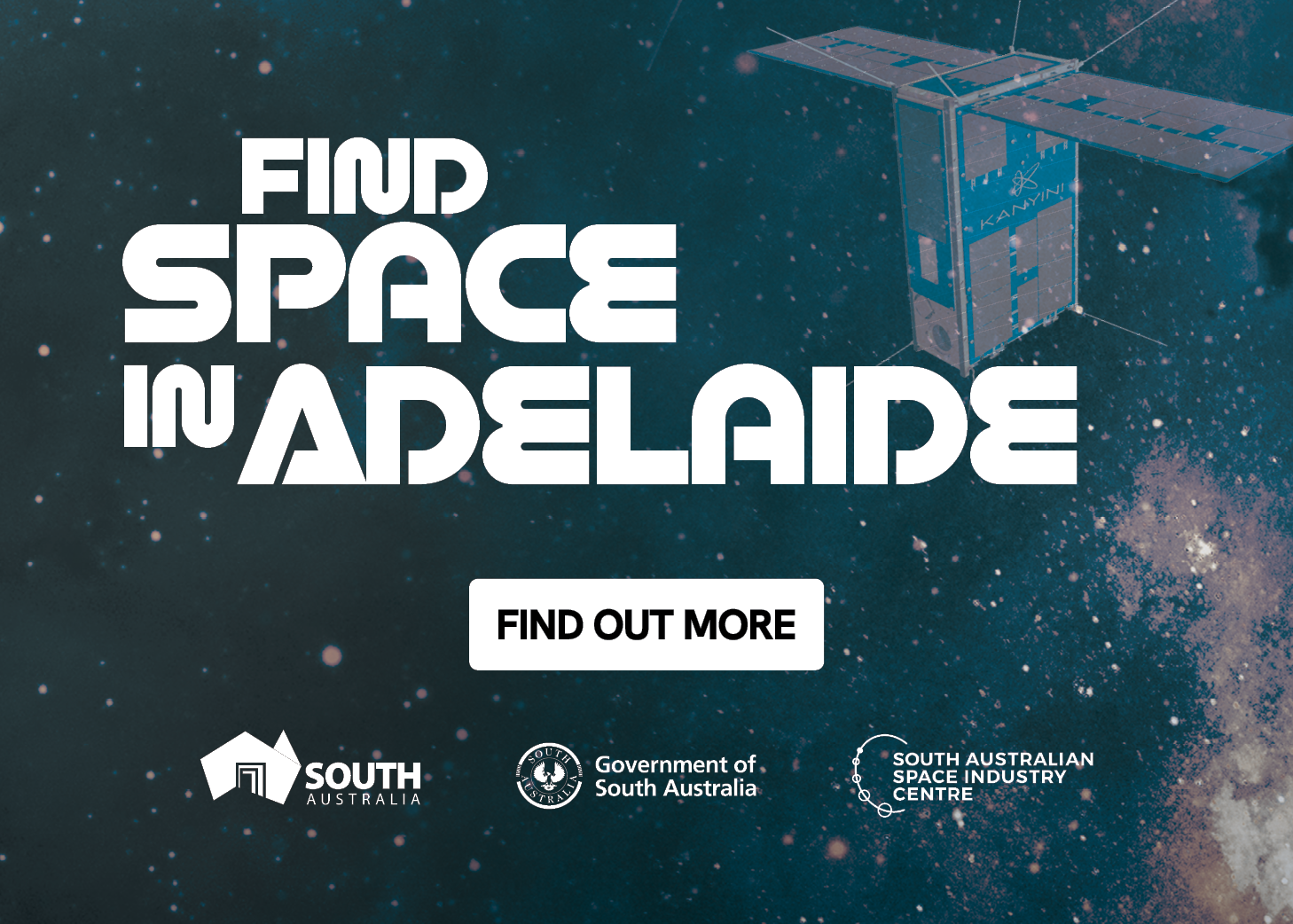Australian Defence is evolving rapidly. The Defence Strategic Review is a response to the fact that Australia’s geopolitical circumstances are fluid and uncertain. There is an accelerating rate of regional military modernisation, increased risks and opportunities for technological disruption, and hence a need to re-examine the nation’s 21st security capabilities and posture.
The Roles of Research and Development
Research and development (R&D) will play a critical role in helping to realise Australia’s future defence and national security capabilities. R&D plays three foundational roles in that process.
Firstly and most importantly, R&D generates the talent pipeline of young Australians with the technical knowledge, skills, and experience to define, shape and continuously evolve the nation’s future security capabilities. They are the bedrock of Australia’s enduring technical sovereignty. Their expertise is key to accelerating the establishment of high-end capabilities such as Integrated Air and Missile Defence (IAMD). Capabilities, such as IAMD and the environments in which IAMD systems must operate, are extremely complex. Defence R&D in such systems is also characterised by high levels of complexity. These kinds of Defence innovation programs are therefore well-suited as incubators for growing the next generation of Australian R&D leaders capable of driving the kind of all-domain, 21st century security concepts and innovation required by the nation.
Secondly, the structure of the R&D programs themselves plays a critical role. Opportunities for impactful Australian R&D exist throughout “all-domain” systems in particular, where an overarching mission theme (such as IAMD) provides the focus needed to stimulate the cross-disciplinary collaboration that so often characterises impactful research. For example, Lockheed Martin Australia’s R&D program in advanced battle management systems has at its core computer systems experts in DevSecOps and agile systems development, analytics experts capable of solving complex optimisation problems, and computer science experts in artificial intelligence and machine learning. To realise the system’s full potential however, broader R&D collaboration is key. To that end, the team includes social scientists, defence personnel who understand the operational environment, experts in defence operational analysis, and human factors experts who can optimise workflows and implement new human-machine interaction concepts. Lockheed Martin Australia has also established a wide range of Australian industry and academic partnerships to bring together Australia’s best talent in these fields.
Finally, there is the role that advanced R&D plays as a highly effective means to drive international security policy and relationships. Australia’s security is fundamentally anchored in an alliance of nations committed to the rule of law and recognition of international freedoms. R&D is one of the pillars by which Australian sovereignty and freedom of action are maintained within the deep interoperability partnerships that underpin and amplify our nation’s security capabilities. The extremely high-technology world of 21st century security capabilities has aspects that necessarily have high barriers to entry (large space-based systems, for example). It is through our alliances that those barriers to entry are lowered. Once Australia has “a seat at the table”, it is very common that our R&D allows us to make major contributions to the effective integration of those capabilities into the Australian Joint Force and enhancing those capabilities for the benefit of all partner nations. R&D, at its most impactful, can influence International Traffic in Arms Regulations adjudications by demonstrating that Australia is an informed partner that understands how to employ and protect advanced technologies and is capable of making valued technical contributions back to the alliance.
Sovereign Capability with Global Impact
In 2017 Lockheed Martin chose Australia as the location in which to establish its first multi-disciplinary R&D facility outside the United States.
The Science, Technology, Engineering Leadership, and Research Laboratory (STELaRLab) is Lockheed Martin Australia’s R&D facility. Staffed entirely by Australians, it is an information-oriented laboratory breaking new ground in areas such as artificial intelligence and machine learning, operational analysis, complex systems optimisation, hypersonics technologies, and space technologies.
The STELaRLab R&D model is based on the principle of developing Australian sovereign capability for national and global impact. Developing IAMD capabilities to address the advanced threat – from a joint, all-domain operations (JADO) perspective – has been the integrating theme for STELaRLab since its inception. The theme is complex enough that individual “spin-out” capabilities (such as the world-leading AI-based detection and tracking algorithms that power Lockheed Martin Australia’s FireOpal all-sky space domain awareness system) are generating significant sovereign capability.
STELaRLab benefits from its close integration with Lockheed Martin Australia’s business areas, their US counterparts, and the US R&D laboratory ecosystem. In a manner similar to the way Australian Defence leverages cooperation with its US counterparts to accelerate sovereign capability, STELaRLab’s close partnership with Lockheed Martin’s US laboratories facilitates accelerated sovereign development. An example is the development of open mission systems (OMS) capabilities that have enabled collaborative demonstration, with Australian industry and Defence partners, of advanced air battle management algorithms and decision support tools. The OMS architecture allows for full sovereign control and system evolution while “building in” the coalition interoperability that is critical to transitioning new technologies to high-end Joint All-Domain Operations. Rapid transition from laboratory to capability is achieved by the close integration of STELaRLab researchers with the DevSecOps engineers from the business areas who “harden” the experimental capabilities.
The OMS employs a modular architecture to integrate a range of high-end analytics capabilities that allow for the rapid optimisation of complex resource allocation problems (known as the Threat Evaluation and Weapons Assignment problem) across multiple spatial, temporal, electromagnetic, and logistics domains, taking into account command intent. The system uses AI-based techniques to allow efficient human-machine interaction to optimise decision support capabilities as the battle manager “orchestrates” the battlespace. All of these algorithms were developed by young Australians with the broad range of interdisciplinary skills described previously.
Key to the utilisation of AI-based systems in STELaRLab are trust and ethical employment. To that end, STELaRLab’s R&D focuses on three AI aspects: blended traditional/AI techniques (to assure mathematically-provable and bounded behaviours), neuro-symbolic reasoning (to facilitate generalisability, the ability for inferencing, and logic-based rules integration), and human-machine resolution of uncertainty. STELaRLab partners with world-leading research organisations in these areas, such as the Australian Institute for Machine Learning at Adelaide University and Melbourne University.
Strengthening Australia’s sovereign R&D capabilities in high-end, all-domain technologies, and establishing technical capabilities that are globally competitive and capable of making valued contributions to our nation’s alliances, are the foundation stones of Lockheed Martin Australia’s R&D strategy. It all starts with smart, versatile, and highly capable Australian researchers.
image STELaRLab scientists pictured testing decision support AI systems using a live, virtual, constructive training system. Lockheed Martin Australia image.













